The Iranian Steel Manufacturers Association has released its latest data, indicating a notable increase in Iran's crude steel production during the April 2023 till January 2024 compared to the same period last year. The production rose by 5.2 percent, reaching 27.095 million tons, up from 25.755 million tons in the corresponding period last year. Additionally, Iranian steel producers manufactured over 18.255 million tons of steel products during this timeframe.
Moreover, there were significant upticks in iron ore pellet and sponge iron production, with increases of 7.7% and 9.1%, respectively, during the mentioned 10-month period. Iron ore pellet production rose to 48.853 million tons, while sponge iron production reached 30.024 million tons. These figures represent substantial growth compared to the previous year, where iron ore pellet production stood at 45.375 million tons and sponge iron production at 27.519 million tons.
In the semi-finished products, Iran's steel industry witnessed significant production milestones . Specifically, 16 million 974 thousand tons of billet and bloom were manufactured, marking an impressive 8.2% increase compared to the previous year. Concurrently, the production of slabs reached 10 million 121 thousand tons, reflecting a modest yet notable 1% rise.
Additionally, the production of flat sections amounted to 7 million 586 thousand tons. Among flat sections, hot rolled sheets constituted the majority, totaling 7 million 243 thousand tons, although experiencing a slight decrease of 1.4%. Similarly, cold rolled sheets production saw a dip of 2.8%, amounting to 1 million 976 thousand tons. In contrast, coated flat steel production witnessed remarkable growth, surging by 12% to reach 1 million 429 thousand tons.
In a broader context, the World Steel Association (WSA) reported that Iran produced 31.1 million tons of crude steel in 2023, comprising 58.4% of total steel production in West Asia for that year. Notably, this represents a 1.8% increase from the previous year, where Iran's production was 30.6 million tons. The total crude steel production of West Asia experienced a modest 1.3% increase in 2023 compared to 2022.
Despite challenges such as US sanctions and the COVID-19 pandemic, Iran's steel industry has demonstrated continuous growth. Through leveraging domestic production of steel chain components and equipment, Iranian manufacturers have overcome sanctions barriers, reflecting the nation's resilience and progress. Looking ahead, there are optimistic projections for Iran's steel industry, with expectations that it will ascend to the seventh position among the world's top steel producers by 2025. This trajectory underscores Iran's ambition and potential in the global steel market.
.jpeg)


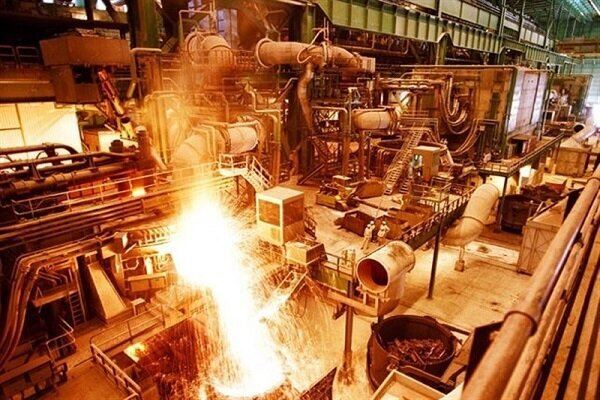

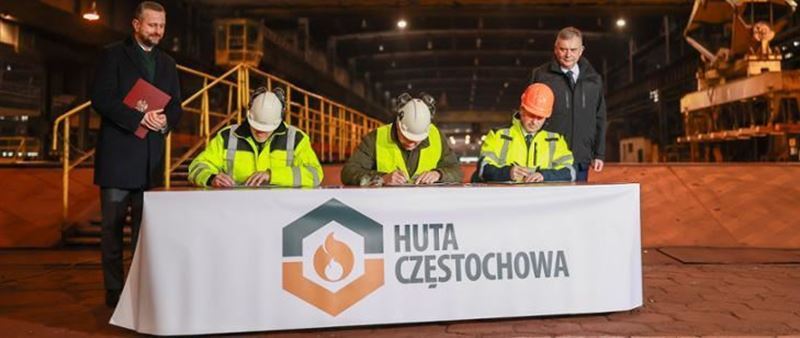
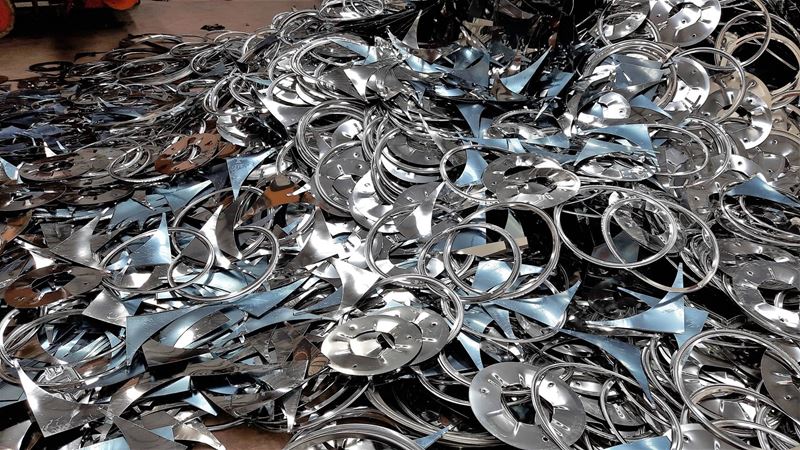
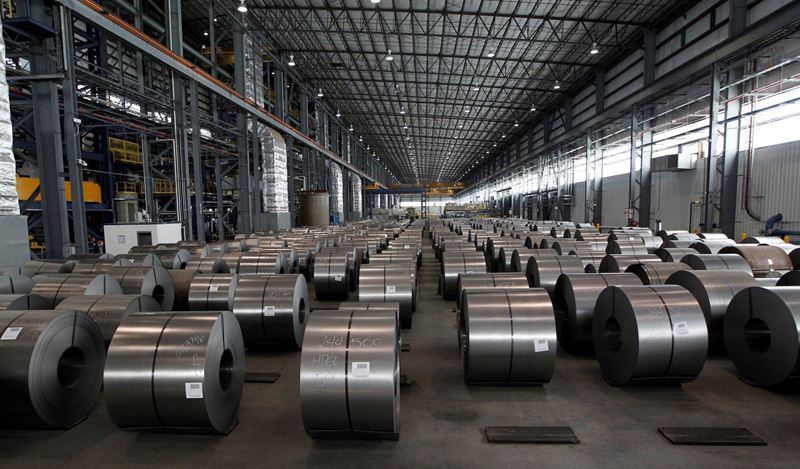
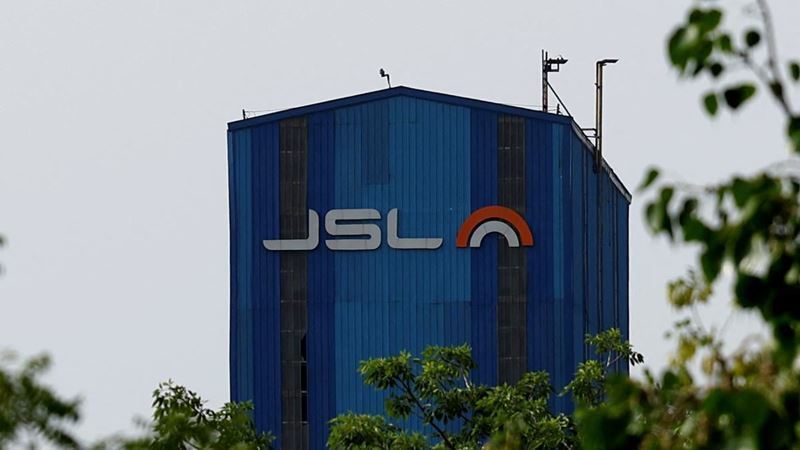

Comments
No comment yet.